
An appreciation for architecture and design has never been free from a degree of suspicion. A considerable number of people hold the opinion that decoration equates to frivolity, and, perhaps now more than ever in times of austerity and economic hardship, it is seen as excessive and self-indulgent.
In his seminal book The Architecture of Happiness, philosopher Alain de Botton eloquently explores our connection to our environment, the value of architecture and design, and its effect on who we are. What are some of the learnings we can take away from his ideas?
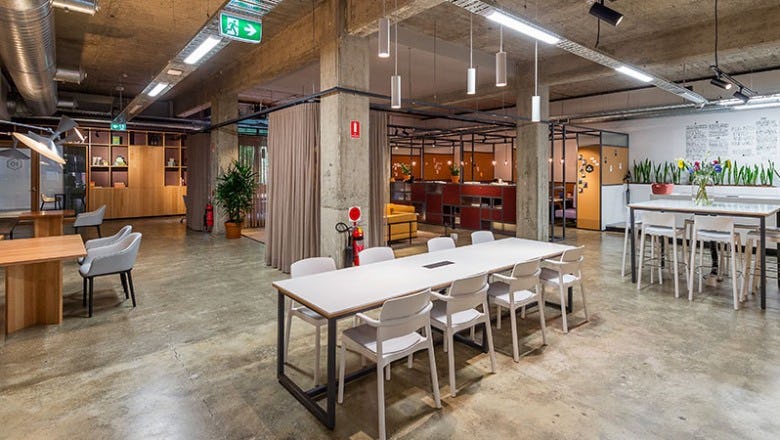
The undeniable connection between location and our identities.
Happiness and misery are hugely determined by the quality of our environment; the kinds of walls, chairs, buildings and streets that surround us. Yet architecture is often dismissed as frivolous, something that should not be considered with any real seriousness, rather, it is seen as an expression of superficiality and aesthetic indulgence; “architecture will always compete poorly with utilitarian demands for humanity’s resources… beautiful architecture has none of the unambiguous advantages of a vaccine or a bowl of rice”.
Yet, consider for a moment the great lengths artisans, craftsmen and painters throughout history went to in order to create grace and beauty of form out of the material world:
“People have strained their backs carving flowers into their roof beams and their eyesight embroidering animals onto their tablecloths. They have given up weekends to hide unsightly cables behind ledges. They have thought carefully about appropriate kitchen work surfaces. They have imagined living in unattainably expensive houses pictured in magazines and then felt sad, as one does on passing an attractive stranger in a crowded street.”
Why then, is something so apparently indulgent as architecture so intrinsically meaningful to us?
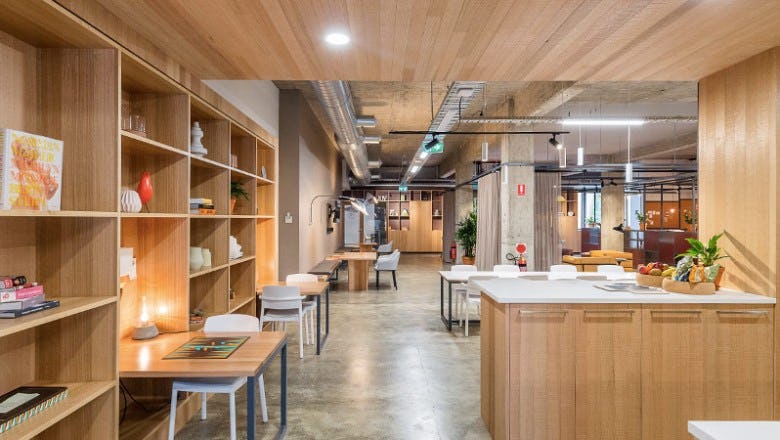
Where we are heavily influences who we can be.
There is a juxtaposition that exists within us, almost an internal struggle, that seeks to override our sensory experiences and numb ourselves to our surroundings, alongside a deeply rooted impulse to acknowledge our identity through our connection to our environment.
“Belief in the significance of architecture is premised on the notion that we are, for better or for worse, different people in different places – and on the conviction that it is architecture’s task to render vivid to us who we might ideally be.”
As we walk into an ugly room we are left with a coldness, a sense of detachment, even a fleeting sadness; on the other hand an open, flowing, well lit space will instantly lift our mood and support whatever is most hopeful within us. Design offers us the opportunity to whither or flourish. We are all far more sensitive to architecture than is first apparent to us. The composition and decoration of a room can alter our entire mood.
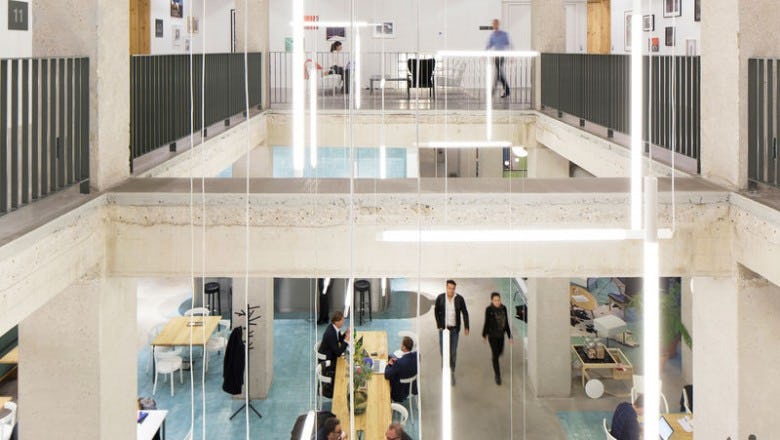
A physical and psychological sanctuary.
De Botton recounts in his book an essay by Sigmund Freud, ‘On Transience’ (1916), where he recalled a walk taken in the Dolomite Mountains with the poet Rainer Maria Rilke: “It was an exquisite summer’s day; the flowers were in bloom and brightly coloured butterflies danced above the meadows. The psychoanalyst was glad to be outdoors, but his companion walked with his head bowed, his eyes fixed on the ground, and remained taciturn throughout the excursion.
It wasn’t that Rilke was oblivious to the beauty around him; he simply could not overlook how impermanent everything was. In Freud’s words, he was unable to forget ‘that all this beauty was fated to extinction, that it would vanish when winter came, like all human beauty and all the beauty that men have created or may create’. Freud was unsympathetic; for him, the capacity to love anything beautiful, however fragile it might be, was a hallmark of psychological health. But Rilke’s stance, though inconvenient, helpfully emphasises how it can be those most in thrall to beauty who will be especially aware of, and saddened by, it’s ephemeral character.”
The transitory nature of human creation serves as a bitter-sweet irony to the life long dedication to our dearest projects. Just think of the dusty remnants of ancient civilisations, and Shelley’s Ozymandias quickly springs to mind. What then, is the point of dedicating ourselves to cultivating beautiful spaces? How can we derive meaning from something so fleeting?
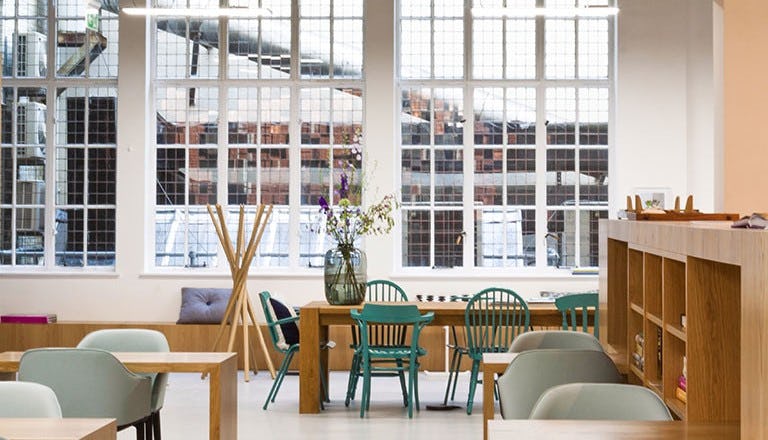
Context is everything.
It has been a particular contemplation of our century to investigate things in relation to their context. Artist and philosopher Brian O’Doherty in his essay ‘Inside the White Cube: The Ideology of the Gallery Space‘, explores the unique context of the gallery space, and how itself becomes part of the art it exhibits, in an act of context-devouring-the-object.
He searches for the significance of this mode of space through exploring other forms of chambers; from the Paleolithic painted caves to art-adorned Egyptian tombs; grand gothic cathedrals to the stark coldness of the modernist gallery. Each designed to eliminate awareness of the outside world, representing a symbolic timelessness. Each housing a group or tribe with ritual purpose, that share a sensibility:
“As a ritual place of meeting for members of that caste or group, it censors out the world of social variation, promoting a sense of the sole reality of its own point of view and, consequently, its endurance or eternal rightness.”
In other words, space has always been important in bringing together people with a common purpose, with shared rituals or appreciations. People coming together to be part of something greater than themselves.
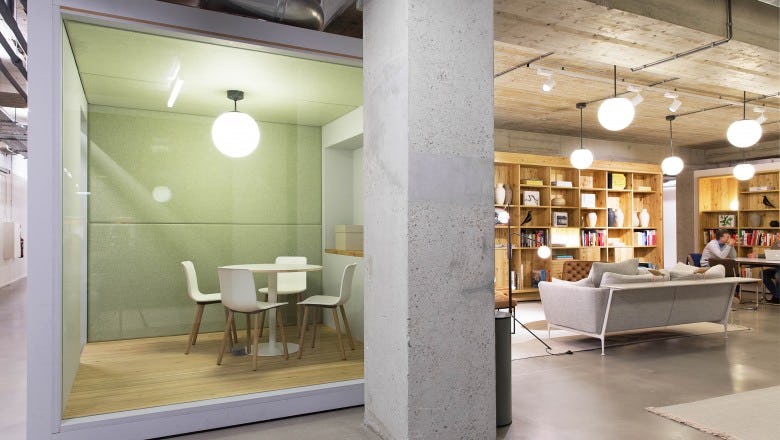
Self expression through spaces we cultivate.
Beautiful space serves as an enabler to our creative potential. It harnesses our greatest attributes and allows us to explore deeper our own abilities, to challenge what it is we are capable of achieving. Through the spaces we cultivate, we express important and integral parts of our self. We may see architecture as the guardian of identity.
“Architecture serves as an eloquent reminder of our full potential.”
Philosophy and architecture have much in common, then. Both act as a tool of self reflection; a mirror we can hold up to ourselves and the world we inhabit. Indeed, the impact and effect of architecture and design is something not to be scoffed at, underestimated or dismissed as frivolous. In the words of German philosopher Ludwig Wittgenstein, “You think philosophy is difficult, but I tell you, it is nothing compared to the difficulty of being a good architect”.
Explore our beautiful spaces and discover its effect on your creative potential.
Share this article
 Read now Why You Should Hire More Rogues, Rebels and Weirdos
Read now Why You Should Hire More Rogues, Rebels and Weirdos
 Read now Rijksmuseum Presents Catwalk with Spaces
Read now Rijksmuseum Presents Catwalk with Spaces